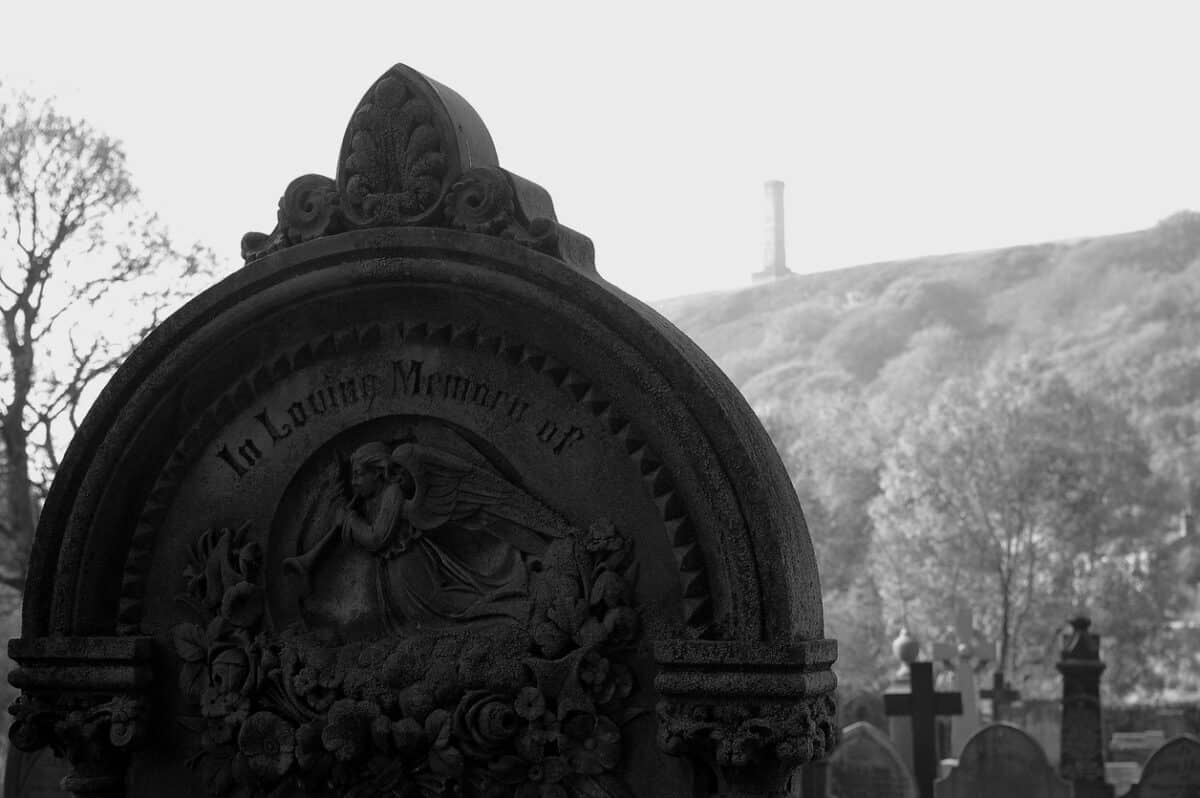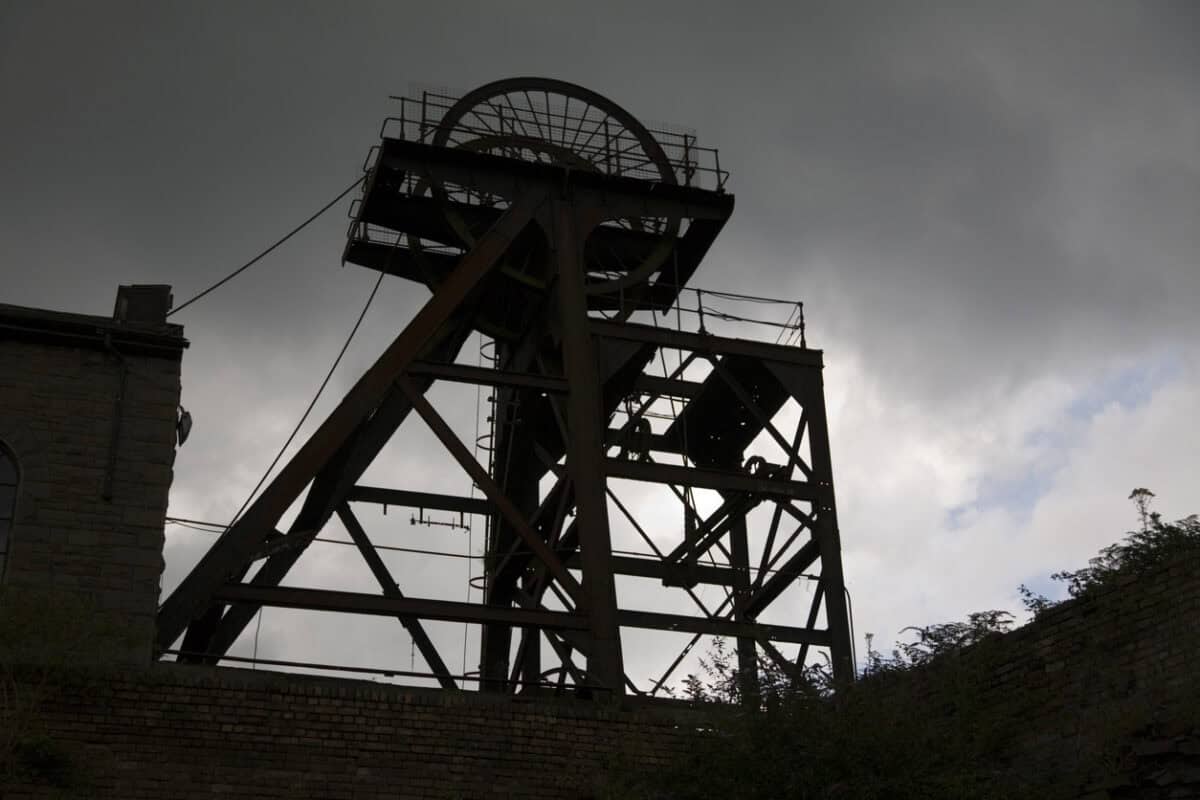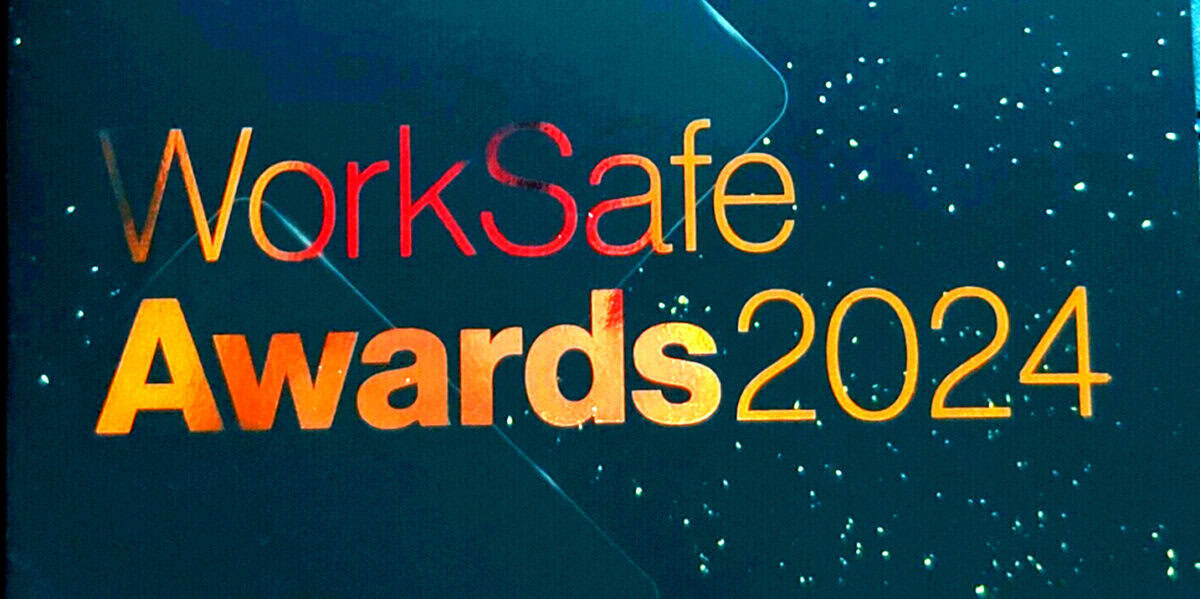Recently, the Weekly Times reported* some disturbing statistics about farm-related deaths in Victoria. It summarised the AgHealth Australia data as:
“Farm deaths have doubled in the past 12 months, with vehicles the leading contributing factor, as farmers and authorities label the issue an emergency.
Seventy-two people died and there were 133 serious injuries in 2024, new AgHealth Australia data shows, up from 32 deaths in 2023 and 55 in 2022.
In Victoria, there were 16 deaths in 2024, up from seven in 2023.”







